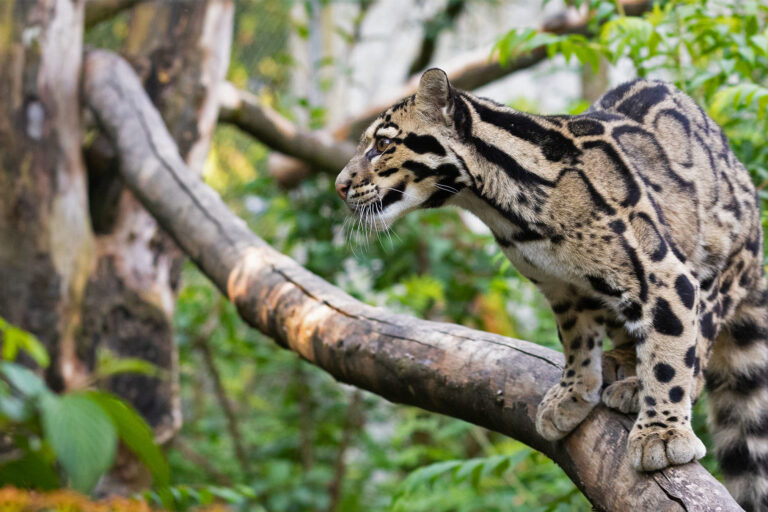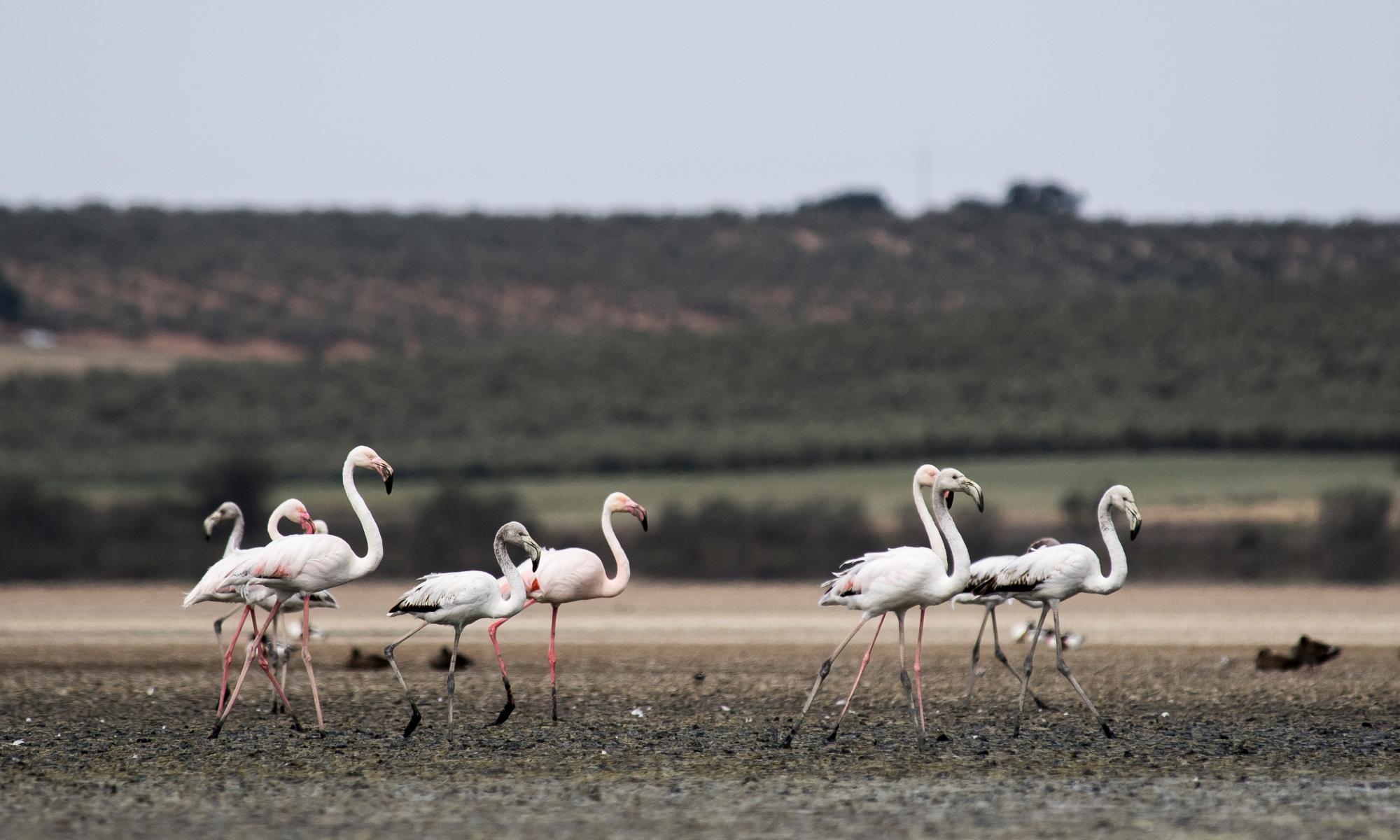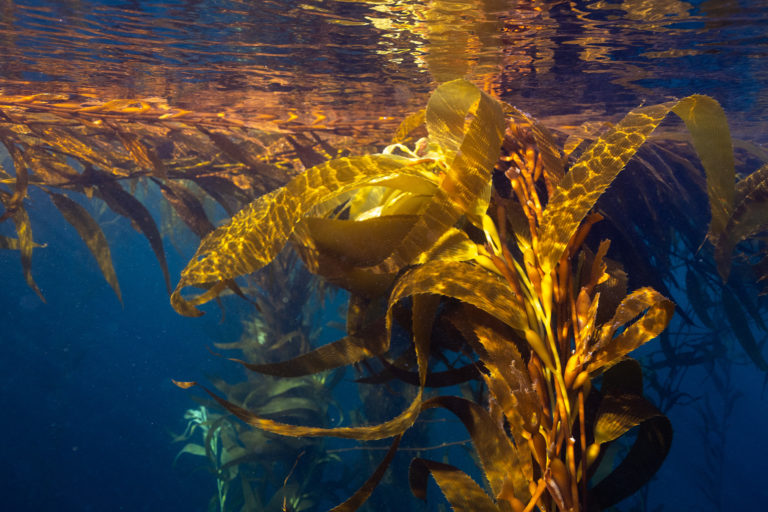California officials have deferred a decision on whether to list the western Joshua tree as a threatened species after hours of public comment and debate this week ended in a deadlocked vote.
Scientists predict that the spiny-crested fixtures of the high desert are unlikely to survive through the end of the century due to global heating. By 2100, only 0.02% of the tree’s current habitat in Joshua Tree national park would remain viable amid unmitigated climate change, according to a 2019 study published in the journal Ecosphere.
If officials eventually do choose to protect the tree under the state Endangered Species Act, it would be the first time a species has been listed primarily due to threats from climate change.
After a lengthy discussion on Thursday, the state’s divided four-member fish and game commission said it will reconsider a petition to protect Joshua trees under California’s Endangered Species Act in October.
In the meantime, the trees are protected conditionally, and officials have directed the California Department of Fish and Wildlife to pursue a conservation plan for the trees, with input from environmentalists, Indigenous Americans and developers.
The decision frustrated Brendan Cummings, the conservation director for the Center for Biological Diversity who spearheaded the efforts to list Joshua trees. The iconic California species is already contending with the effects of the climate crisis, he said, and they need urgent help. “What we have here is a very clear, undeniable threat to the Joshua trees,” said Cummings.
The environmental organization first petitioned to list the western Joshua trees as endangered in California in 2019. That year, during the Trump administration, the US Fish and Wildlife Service declined to protect Joshua trees under the federal Endangered Species Act. The WildEarth Guardians, an environmental group, challenged the decision and a court has since ordered the service to reconsider.
Cummings said he was heartened that the state fish and game commission will reconsider soon. “Obviously, it’s not the outcome I wanted – which is permanent protection for Joshua trees as a threatened species,” he said. “But it’s not a bad outcome.”
Earlier this year, staff at the state department recommended against listing the Joshua tree as threatened, arguing that the fact that the species “is currently abundant and widespread” has lowered the “threat of extinction within the foreseeable future”.

“The question is not, ‘Will climate change be bad for Joshua tree?’ The question is, ‘How bad will it be, and how quickly?’ And the truth is, we don’t know yet,” said Jeb McKay Bjerke, who presented the state department’s recommendation, to the commission this week.
The department also noted that it is unclear exactly how many Joshua trees live in the state, and that their numbers could range from 4.8m to 9.8m.
Cummings said that was beside the point. “You need to know how many passengers are on the Titanic in order to call it a mayday,” he said.
“And even if we don’t know their precise numbers, what we do know is that nearly everywhere we are actually counting them and doing studies, they’re either declining or failing to reproduce,” he added, with the exception being the far northern range of the species’ habitat.
The state’s searing megadrought – deemed the most severe in 1,200 years – is likely already affecting the trees, scientists say. And the interconnected threats of development, smog, invasive grasses and wildfire are also taking a toll.
Though the commission broadly agreed that the climate crisis would endanger the species, the two commissioners who voted against listing Joshua trees as threatened argued that the state’s Endangered Species Act was not necessarily the best way to address those concerns. “Protecting one species at a time the way we’ve been doing it feels like we’re fiddling while Rome burns,” said commissioner Erik Sklar.
But official protection for Joshua trees would lend weight and urgency to conservation efforts, Cummings countered. “Unless conservation plans are mandated, unless there’s some impetus to carry them out, we’ll never have a true recovery or conservation plan.”
Efforts to list Joshua trees – which are not technically a tree but rather a succulent – have also been met with opposition from development interests, including renewable energy companies that could face more restrictions on building wind and solar farms if the species are protected. About 40% of the state’s Joshua trees are on private land – and a threatened listing would make it harder to remove those trees for development. If they are listed, developers would also have to pay a mitigation fees in cases where Joshua trees are affected.
Though the trees are currently under conditional protection, solar projects in two California counties have been allowed continue removing Joshua trees during construction.
Samantha Murray, the president of the California Fish and Game Commission, said that the goals protecting Joshua trees and promoting the development of housing and renewable energy need not run counter to each other. “Listing doesn’t mean that there can’t be housing, that there can’t be renewable energy projects. It just means they’ll happen under a more careful watch,” said Murray, who voted in favor of listing the species.
The western Joshua tree – the species currently being considered – is one of two genetically distinct types. Its range extends from Joshua Tree national park to the northern slopes of the San Bernardino and San Gabriel mountains and toward the edge of Death Valley national Park.
Roughly 1m eastern Joshua trees, which live primarily in the Mojave national preserve and east toward Nevada, were burned in the 2020 Dome fire.
The Associated Press contributed reporting


